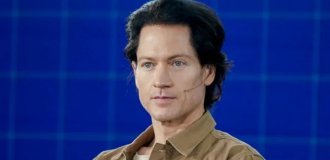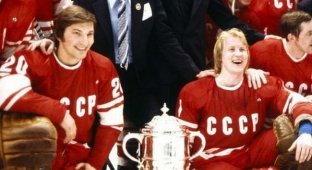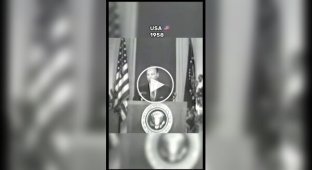Back to the Future Eleven interesting facts about the film (27 photos)
It all started with an old school photo album.
Any plot begins with an idea - a moment of insight when the author understands that some moment, memory or event serves as a starting point around which an entire story can be built. In the case of Back to the Future, the starting point was an old graduation photo album. Screenwriter Bob Gale found it while going through old things in his parents' basement. 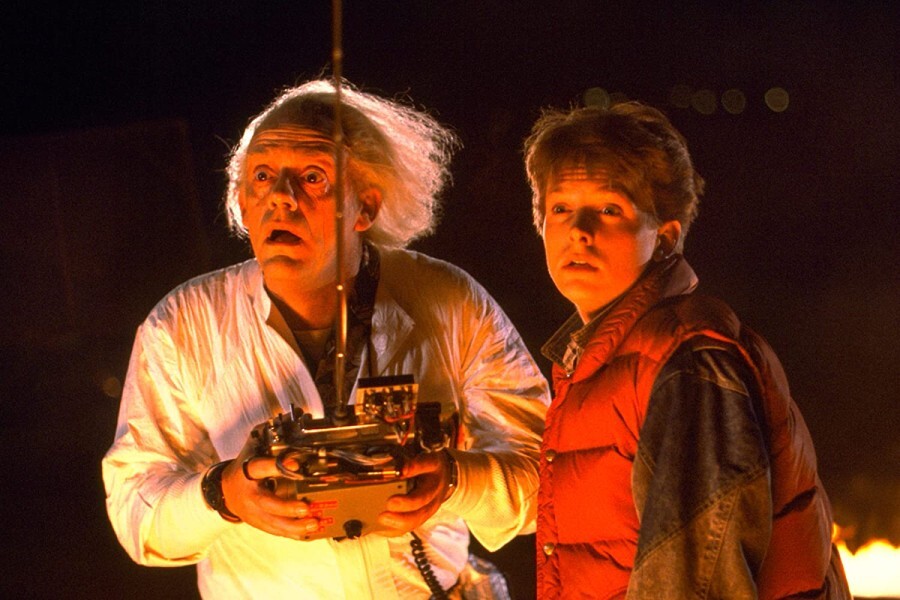
Looking through the yellowed photographs, Gale was surprised to learn that during his school years, his dad was the class leader. Gale remembered his class president, whom he had never interacted with, and wondered: what would happen if he somehow went back in time? Would he be able to make friends with his father or would they not have common interests?
When Bob Gale shared this story with his friend Robert Zemeckis, he instantly remembered his mother. She was very fond of dispensing moral lectures and telling how responsible she was at school and how she never kissed boys (of course, all this was not very true). At the junction of these two stories, a plot was born about a teenager who went back in time and met his parents when they were young. 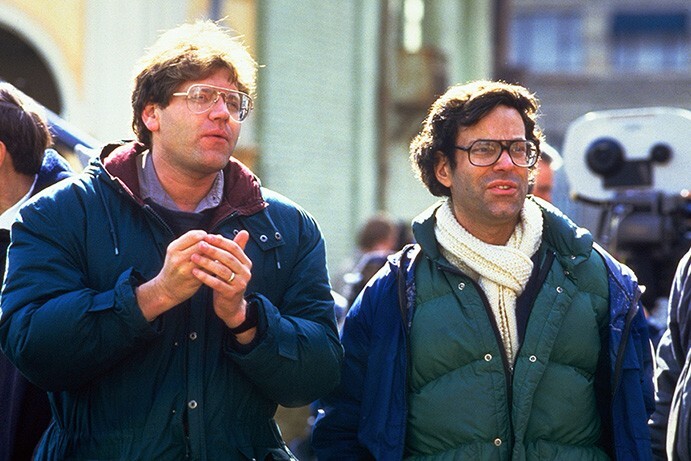
As for the era, the choice was obvious: the fifties were a nostalgic time when life was simple and cloudless (at least in the distant childhood memories of Gale and Zemeckis). In general, reviewing Hollywood films of the “Back to the Future” era, it is easy to notice that the 1950s were then what the 1980s became for modern filmmakers.
Coca-Cola, video piracy and nuclear explosions
The early script for Back to the Future was very different from the film we know. For example, in it Marty was involved in piracy - he made money by selling illegal copies of videotapes. There were no Libyan terrorists in the draft yet. Instead, there were intelligence officers who thought that Doc Brown was doing something bad and raided his laboratory. 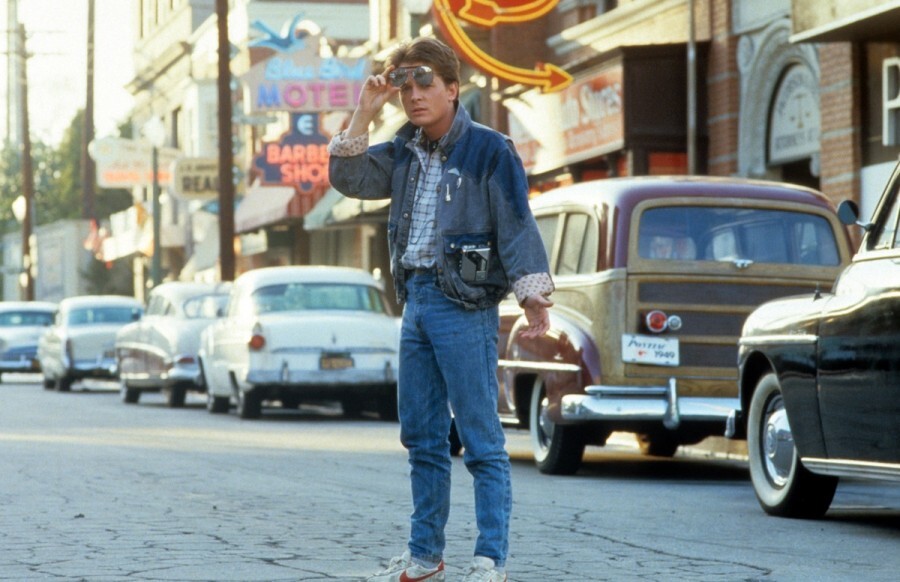
The time machine was completely different from the one we saw in the film - there was no Delorean in the early script. However, this is not surprising. The first draft of Back to the Future was completed in February 1981, several months before the DMC-12 went on sale in North America. 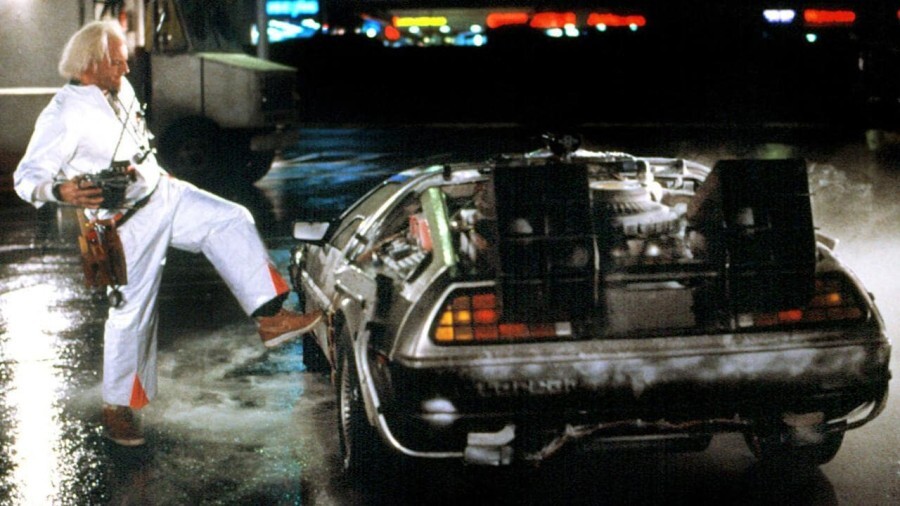
So what was a time machine, you ask? Essentially, it was described as a stationary laboratory installation with a laser. So the heroes didn't have to go 88 mph to travel back in time. Instead, they needed a lot of energy and... Coca-Cola. According to the script, the drink was the secret ingredient that allowed the time machine to send people back in time. Something tells me that the company’s management later regretted for a long time that they did not buy this daring product placement in Zemeckis’s film. 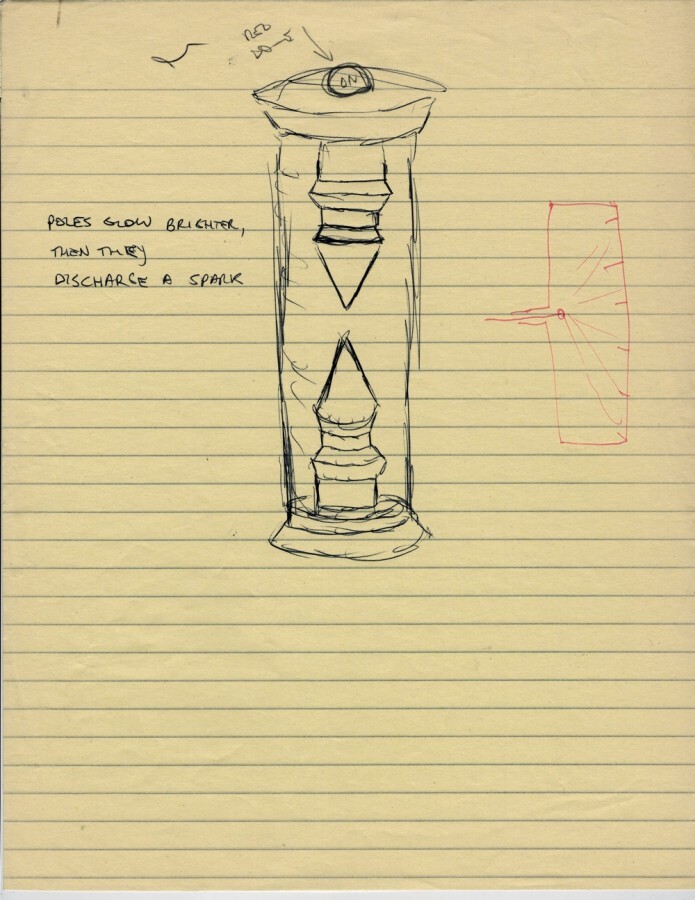
Early sketch of a streaming drive
The ending of the story was completely different from what we saw in the film. To find the energy missing for time travel, Doc and Marty went to a test site in Nevada, where nuclear tests were being conducted. To protect himself from radiation, the main character climbed into a lead refrigerator and waited for an atomic explosion, which would send him back to the future. Well, now you know where the creators of Indiana Jones and the Kingdom of the Crystal Skull borrowed perhaps the most famous (and certainly most controversial) scene of the film.
After the Delorean was added to the script, the ending was modified so that Marty drove the car into the center of a nuclear explosion. Here are the storyboards for this episode which also remained on paper
Returning to the present, Marty realized that his actions had changed the course of history. The Doc from the past figured out the composition of the secret ingredient and as a result created a lot of inventions (flying cars, robots, etc.) that turned the world upside down. As for George McFly, he became a successful boxer. But most importantly, after the hero’s incendiary performance of the Johny B. Goode song, the teachers called the police to stop the school riots. Because of this, by some strange logic, rock and roll was never invented. So now Marty knows what he will do in this brave new world.
I have already said this once and now I will repeat it again. The early script for Back to the Future was seriously inferior to the film in almost every way - jokes, characters, memorable moments. The original version of Marty was also not at all pleasing - he appeared to be a greedy, hysterical and, frankly speaking, not a very smart guy who didn’t really want to empathize. So perhaps it was for the best that Hollywood initially showed little interest in the work. This gave Zemeckis and Gale the opportunity to thoroughly refine the plot and polish the script.
"Back to the Future" came out of the surprise success of "Romancing the Stone"
By the time Back to the Future was written, Robert Zemeckis and Bob Gale had developed a reputation for creating good scripts, but ultimately failing to make films based on them. The friends had two full-length films to their credit. And both failed at the box office. It is not surprising that, despite all their efforts, they were unable to put the film into production. 
The Back to the Future script would probably have remained on the shelf forever if not for Michael Douglas. No, he did not read the manuscript and, most likely, did not even know about its existence until the film was released. The point is different. By the mid-1980s, Douglas was already quite famous. He even had a producer's Oscar for One Flew Over the Cuckoo's Nest. But Douglas wanted more.
And so, the actor chose a project that was supposed to make him a big movie star: “Romancing the Stone.” Now Douglas needed a director for his future hit. And his choice fell on Robert Zemeckis. It is possible that Douglas chose Zemeckis precisely because he did not have successful films: it is easier to manipulate a director who may have had his last chance.
In any case, the matter further developed as follows. Test screenings of “Romancing the Stone” went poorly. Very bad. Zemeckis had an agreement with 20th Century Fox: if the film was successful, he would then begin filming the fantasy comedy “Cocoon.” But after test screenings, the studio decided that the film would inevitably fail, and they actually wrote off the failed director and terminated the contract without waiting for the premiere. “Cocoon” eventually went to Ron Howard. 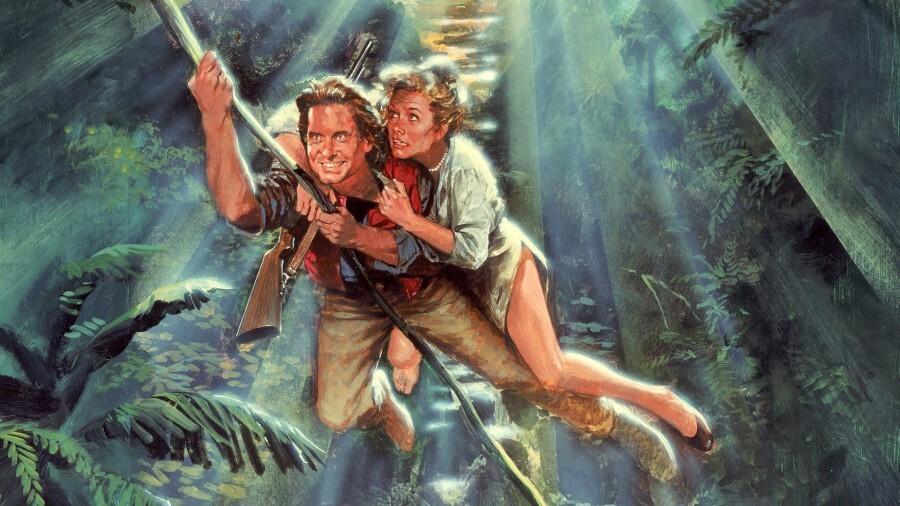
Well, then “Romancing the Stone” was released and became one of the main hits of 1984. Zemeckis's reputation was significantly strengthened, and at the same time he was no longer bound by any contractual obligations. So the director dusted off the Back to the Future draft and took it to Universal Studios, where his friend Steven Spielberg was working. Soon the deal was finalized. Zemeckis got the opportunity to direct the film.
Eric Stoltz lost the role of Marty
When the filmmakers began discussing possible candidates for the role of Marty McFly, they quickly came to a consensus. Everyone thought Michael J. Fox would be perfect for the role. But soon an unexpected problem arose. At that time, the actor was filming the series “Family Ties.” His producers were afraid of declining ratings and refused to let the actor into the world of big cinema. 
As a result, Zemeckis had to look for a replacement. A large-scale casting was organized. Many years later, Bob Gale looked through old tapes and was surprised to discover that even Johnny Depp (whom he completely did not remember at the time) auditioned for the role of Marty. As a result, the choice fell on 20-year-old Eric Stoltz. 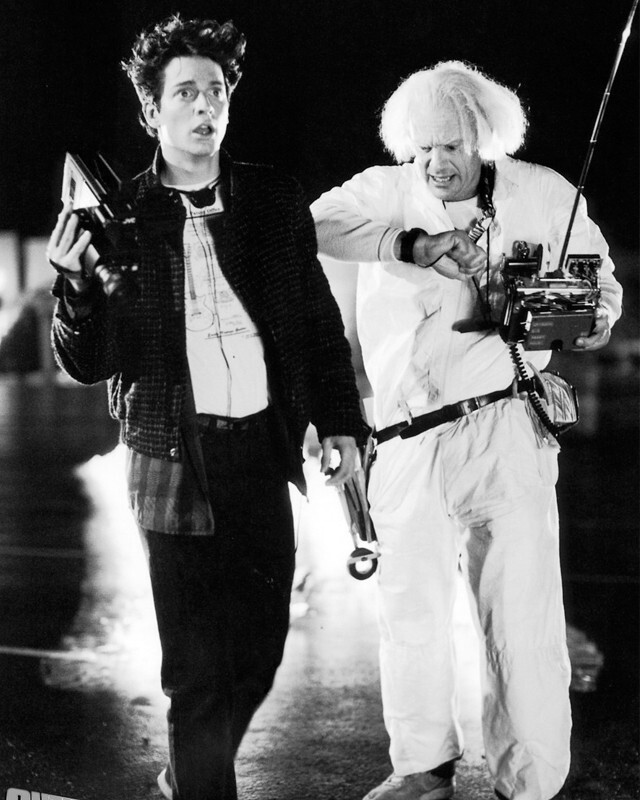
By the way, the role of Doc Brown also went to a completely different actor than the creators initially counted on. They hoped to get John Lithgow, but he was busy with another project. So in the end Christopher Lloyd became Doc Brown. 
Casting list for the role of "Scientist". As you can see, Christopher Lloyd was only in the second half of the list of potential candidates. And in the upper right corner you can see a note indicating the main contenders for the role of Marty
Due to the protracted casting, the start of filming was delayed several times, which cast doubt on the possibility of releasing the film in May 1985, as the studio wanted. But the main problems were still ahead. When filming finally began, Zemeckis quickly realized that hiring Stoltz was a big mistake.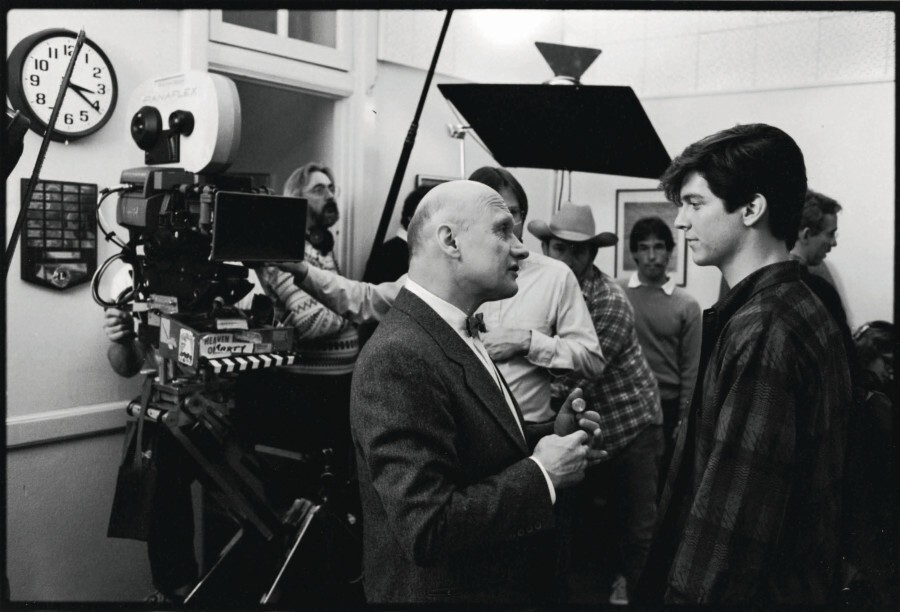
According to the director, the actor was too serious - as if he was acting not in a comedy, but in a dramatic film. Stoltz did not leave his character even after takes and demanded that his colleagues address him only as “Marty” (according to the actors, the only exception was Lea Thompson, with whom Stoltz constantly flirted). In addition, Stoltz had a hard time skateboarding.
There is a saying in Hollywood that about a week after filming begins, the leading actor becomes the most important person on the set - after all, he is the only one who can no longer be fired. And, as a rule, this is true. Replacing an actor at such a late stage inevitably entails huge losses. Cases where a studio has agreed to take such a risk are extremely rare. Back to the Future is one of them. 
About a month after filming began, the director and producers took this unprecedented step. It helped that they found a replacement in... Michael J. Fox. The filmmakers finally managed to come to an agreement with the creators of “Family Ties” and get the actor at their disposal. As soon as the deal was finalized, Stolz was immediately asked to leave.
One can only wonder what Back to the Future would have been like with an alternate Marty. On the Internet you can easily find many photos from the set and even some of the footage with Stolz. So at least we can at least get some visual representation.
The film was almost renamed “Cosmonaut from Pluto”
Often, while working on a project, its title may change, sometimes even more than once. And Back to the Future could also suffer a similar fate. And this despite the fact that the original name was liked by members of the film crew, producers and actors. 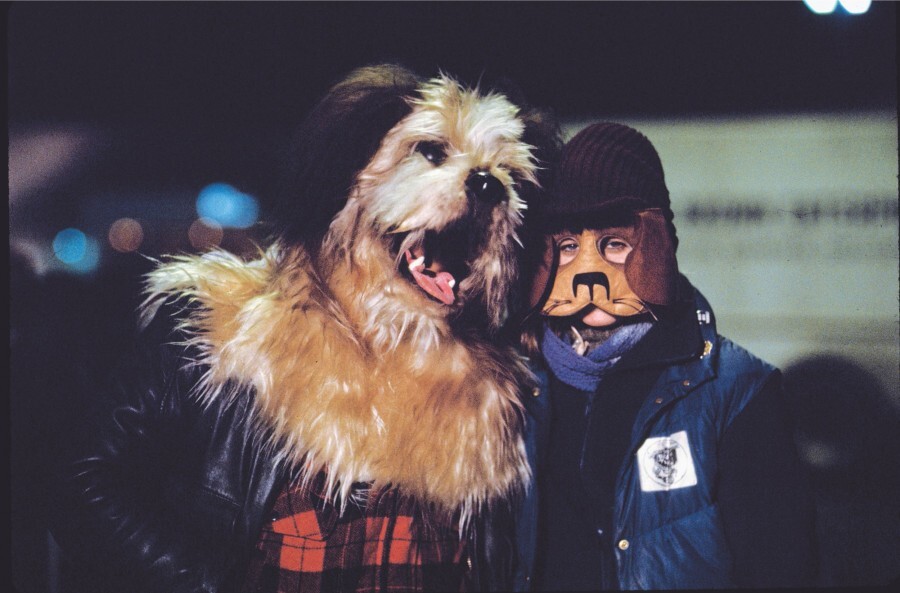
No, this is not a deleted scene from The Shining. This is how they filmed the episode of sending Einstein one minute into the future
But one person was categorically against it: Universal studio head Sidney Sheinberg. He couldn't understand why the title of the film used "future", since Marty seemed to be returning to the present. In addition, Sheinberg had the strange belief that the word "future" would make the film too genre-specific and turn off audiences. As a result, he even sent a memorandum to the creators with a proposal to rename the movie “Cosmonaut from Pluto.” Here is his text. 
Fortunately, Steven Spielberg, who produced the film, came up with an original way out of the situation. He wrote a letter to Sheinberg, praising him for “a great joke with a new name, which made everyone a lot of fun.” Of course, after this, the head of the studio did not dare admit that it was not a joke. Moreover, Sheinberg himself later claimed that this whole story was nothing more than an urban legend. But a couple of years ago, a copy of the note was finally published, and everything fell into place.
During filming, Michael J. Fox worked on two projects at once
The fact that Michael J. Fox received permission to star in Back to the Future did not free him from his serial obligations. For several months, the actor worked on two projects in parallel. 
On weekdays, he still starred in Family Ties. After filming, the actor immediately went to the Universal pavilion and, without wasting any time, began working on the film. From Monday to Thursday they filmed with Fox from 18:30 to 02:30, and on Fridays from 22:00 to 6-7 in the morning. Saturday and Sunday were entirely devoted to daytime scenes. 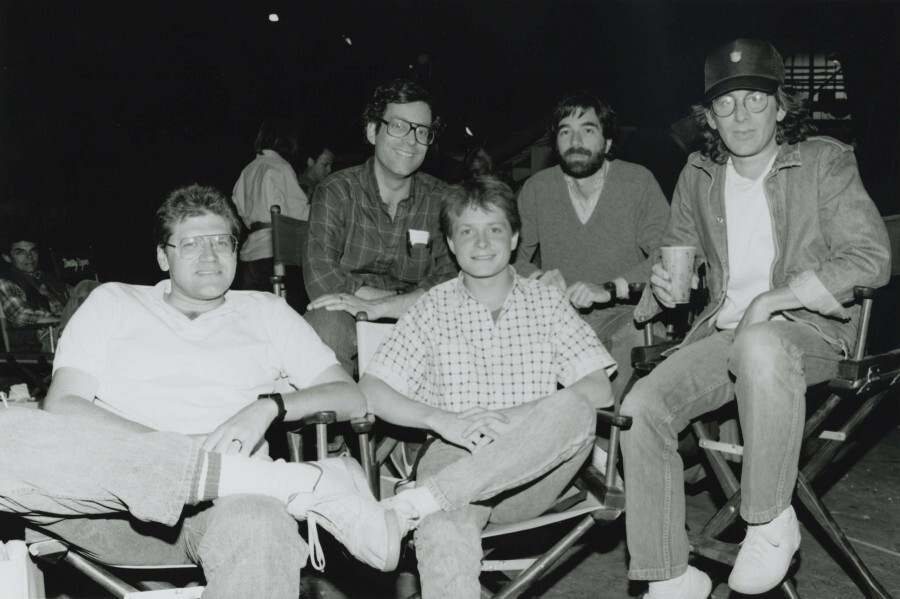
Fox really wanted to move from television to cinema, and therefore courageously endured all the inconveniences associated with working in two projects at the same time. The actor was helped by the fact that the image of the main character was very close to him. Eric Stoltz played Marty McFly, and Fox was a lot of him. He loved to skateboard, played in several bands during his school years and dreamed of becoming a rock star. 
As a result, reshoots caused by the replacement of the actor and the postponement of the premiere date cost Universal an additional $3 million. But I think you won't argue that every cent of the amount spent was worth it.
The film was released 2.5 months after filming was completed
Filming for Back to the Future wrapped on April 20, 1985. Since the creators did not meet the original deadline, the premiere was moved from the end of May to August. But after excellent results from test screenings, the studio took the risk of releasing the film on July 3, 1985. 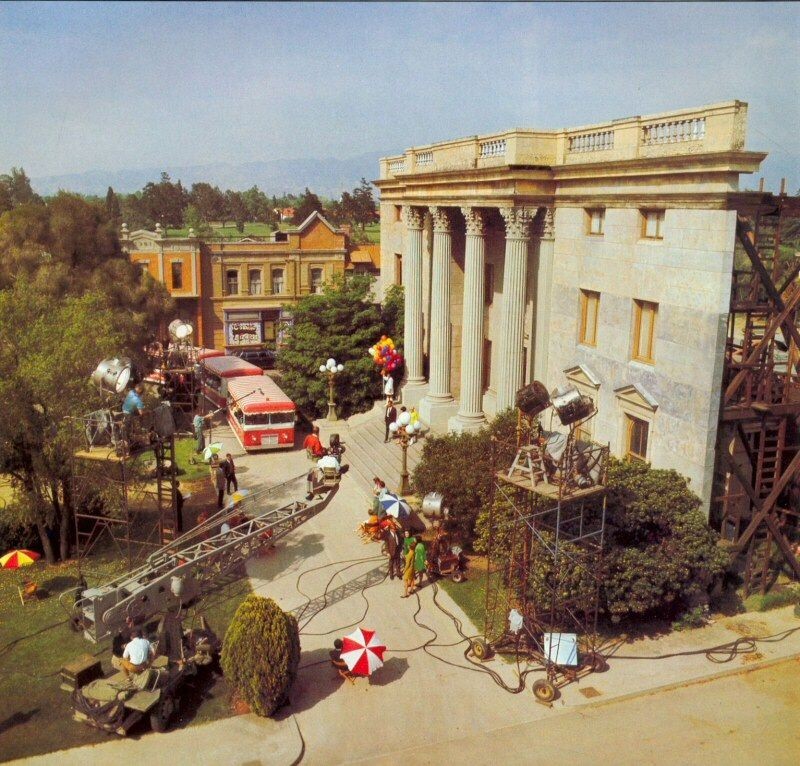
This would be impossible today. Post-production of modern blockbusters can stretch for years. It's hard to imagine that a major film would now be released into wide release 2.5 months after the completion of principal photography (of course, not counting cases like the last Star Wars, when the studio did not care about quality at all and only needed to release the film on time). 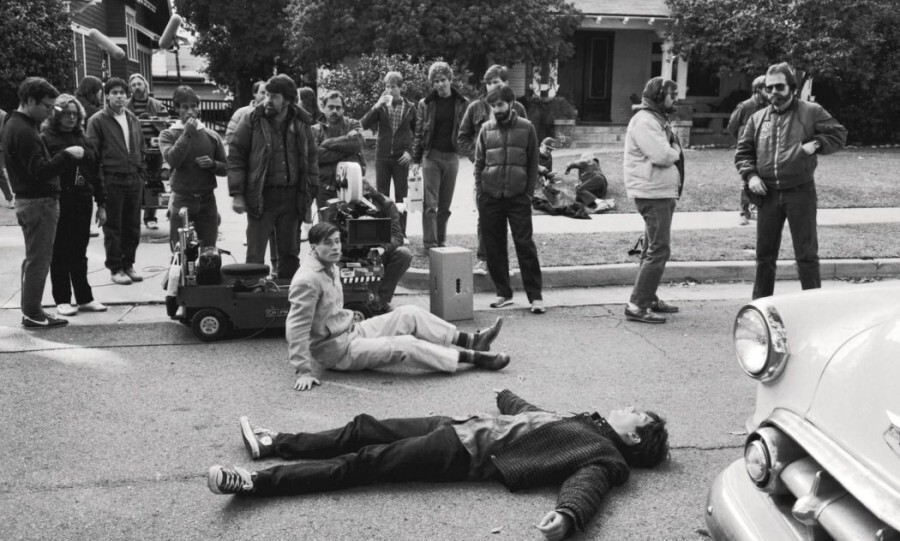
But the creators of Back to the Future managed to pull off a similar trick. The reason is that the film has very few visual effects. To be absolutely precise - 32. Considering that Back to the Future regularly ranks first in the top sci-fi films of all time, this is an astonishing number. For comparison, the average modern comic book adaptation averages about 2,000–3,000 visual effects. As they say, feel the difference. 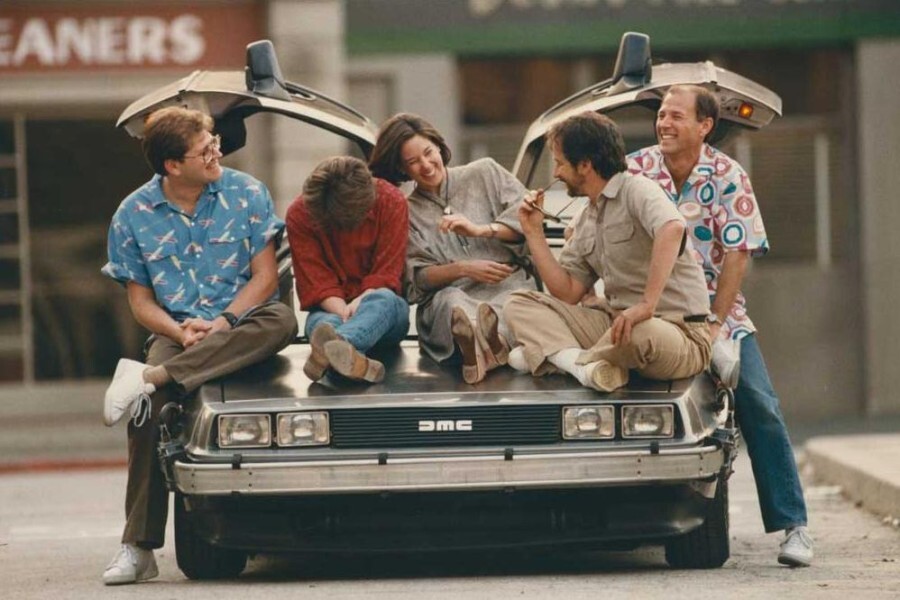
At the same time, such a meager number of effects does not mean that Back to the Future is a cheap film. By 1985 standards, the film had a substantial budget. It’s just that the story itself was built not on a feast of visual effects, but on plot and characters. In our times, this seems like a fantasy even worse than time travel.
Alan Silvestri began working on the soundtrack two weeks before the first show
Despite all of the above, post-production on Back to the Future was not a cakewalk at all. To meet the deadlines set by the studio, editors worked in 24-hour shifts. 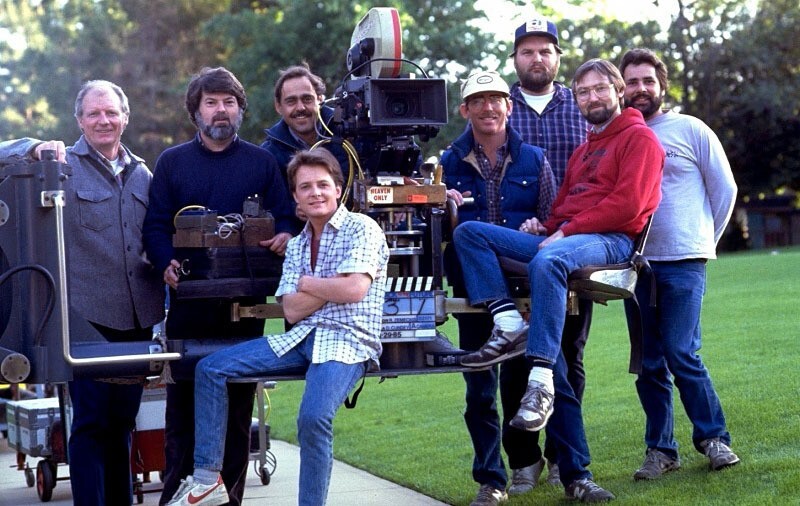
Interestingly, Robert Zemeckis seriously considered cutting Marty's performance of the Johny B. Goode song out of the film - in his opinion, it did not add anything to the plot. But after a test screening, when the audience applauded during the scene, he wisely left it in the film. So, as you can see, test views in themselves are not evil. It all depends on what conclusions the studio draws from them.
One of the main calling cards of the film was the soundtrack by Alan Silvestri. It is rightfully included in the list of the most memorable musical compositions in science fiction cinema. Interestingly, in the film, Silvestri's soundtrack begins only at the 18th minute (the first on-screen meeting of Marty and Doc). This is partly due to the fact that the composer worked with very limited time. He began writing the soundtrack just two weeks before the film's first test screening, and time was running out. However, Hollywood history knows worse situations. You can at least remember the conditions under which James Horner wrote the music for Aliens. 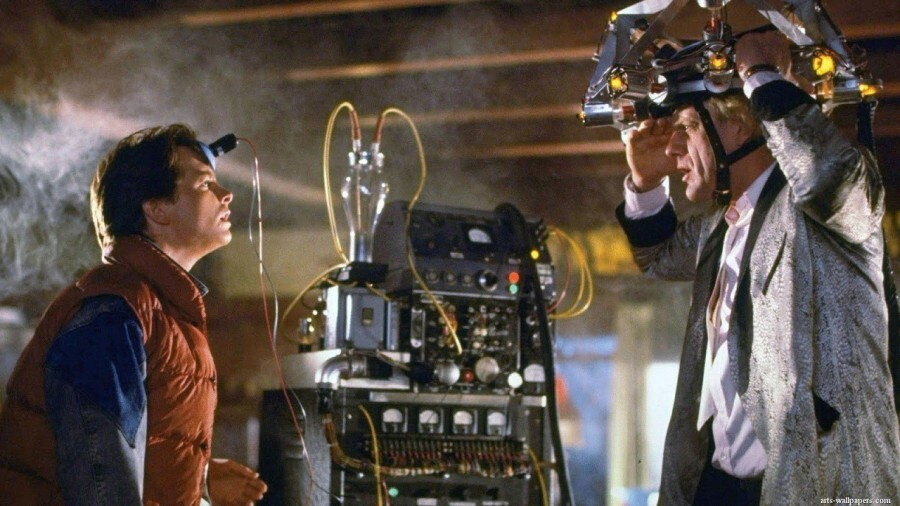
In any case, Silvestri coped with the task brilliantly. By the way, it was he who advised the creators of the group Huey Lewis and the News, which wrote the song for the film. True, her first version did not suit the studio, but The Power of Love turned out to be the second.
Back to the Future became the highest-grossing film of 1985
Not all the creators of the film believed that they would succeed. The same Zemeckis believed that marketing, frankly speaking, leaves much to be desired. Well, in fact, what kind of parents will go to a film with their children if its slogan is “Tell me, my mother has a crush on me?” Another problem was that due to the same "Family Ties" Michael J. Fox could not participate in the promotional campaign. 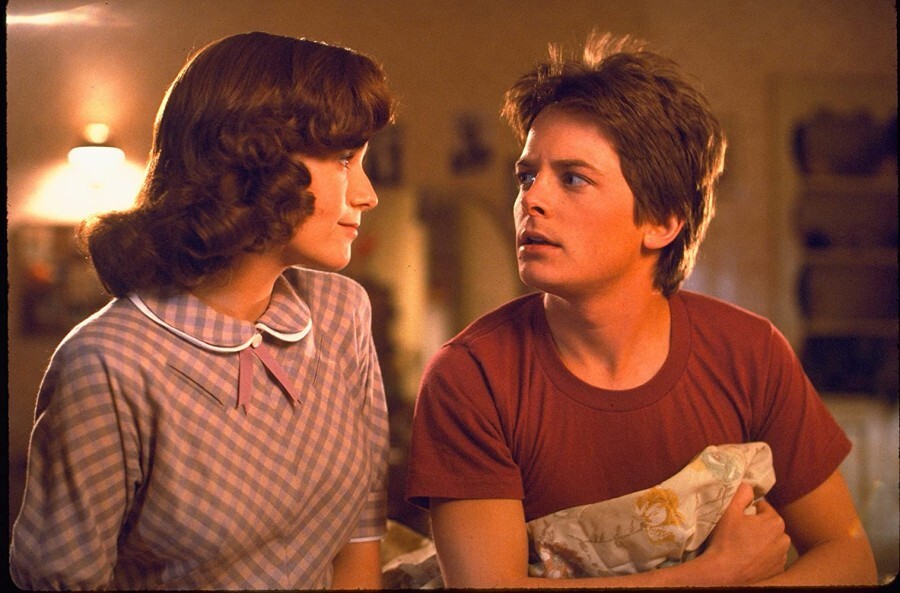
But all these fears turned out to be completely unfounded. The very first weekend showed that the studio had a hit. The public instantly fell in love with Back to the Future. It became the highest-grossing film of 1985 at both the American and international box office.
As for the film academics, they awarded the film four nominations, including best screenplay, but in the end it received only one statuette for best sound editing. However, something tells me that the creators would hardly agree to exchange people’s love for their film for some kind of formal awards.
The final scene was intended as a gag
Although Zemeckis’s creation can already be safely called a film from a completely different era (from the category “they don’t make movies like that anymore” and all that), it definitely has something in common with modern blockbusters. We are talking about the final scene, which would seem to directly hint at an imminent continuation. The whole irony is that the last scene of “Back to the Future” is... a joke. At least she was initially. Zemeckis and Gale came up with it as a final gag, believing it was the best way to complete the film. At that time, they did not even suspect that the film would be so popular and that the studio and fans would demand a sequel from them. 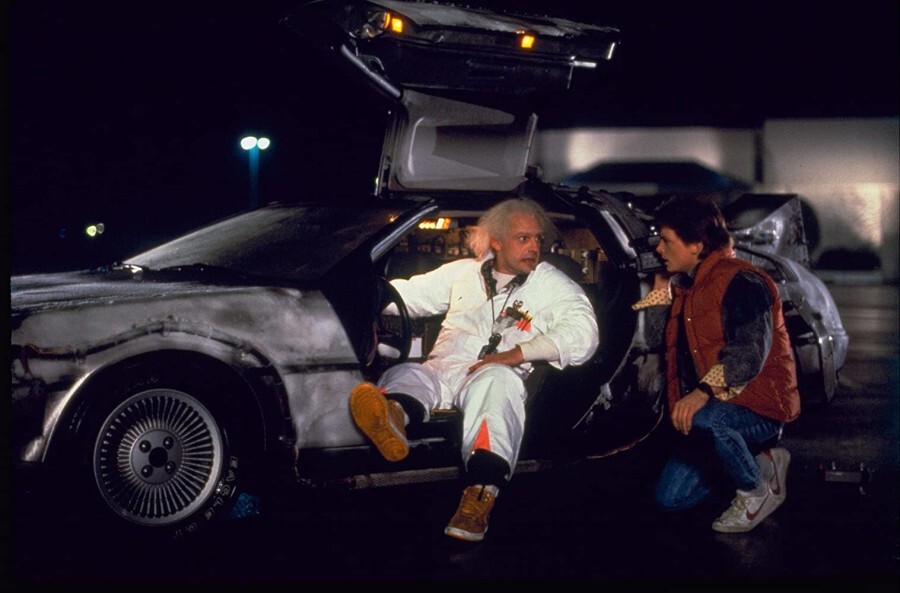
Later, Zemeckis and Gale even regretted that they ended the film with this particular scene without thinking it through properly. She significantly narrowed their options for creating a sequel by pre-determining where the initial action would take place. In addition, there was a problem with Jennifer (Marty's girlfriend). Zemeckis and Gale did not know at all what to do with her. In the end, they couldn't come up with anything better than to quickly put the character to sleep at the beginning of the next film. As Zemeckis and Gale later admitted, if they had known in advance that they would be filming the second part, they would not have put Jennifer in the Delorean.
More time has passed since the film's release than separated Marty from 1985
Yes that's right. More time has passed since the film's release than separated Marty from 1985. It took the main character 30 years to reach his time era. I remember well that when I first watched Back to the Future, this number seemed like an eternity. Just like the same year 2015 from the second part. 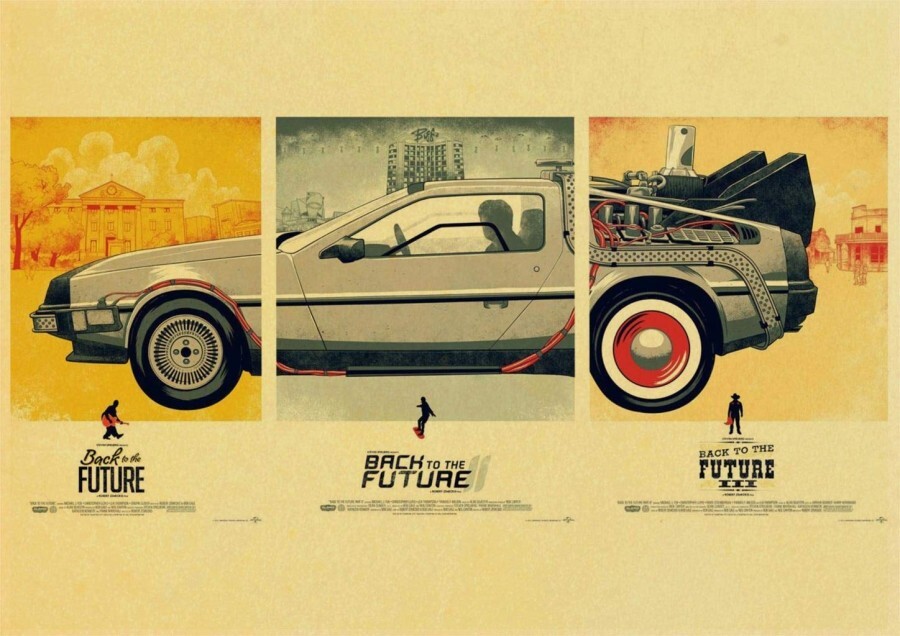
And now more than 35 years have passed since the film was released. To be honest, such clear evidence of how quickly time passes makes me feel a little uneasy. Especially considering that, unlike the heroes of the film, we do not have the opportunity to go back. 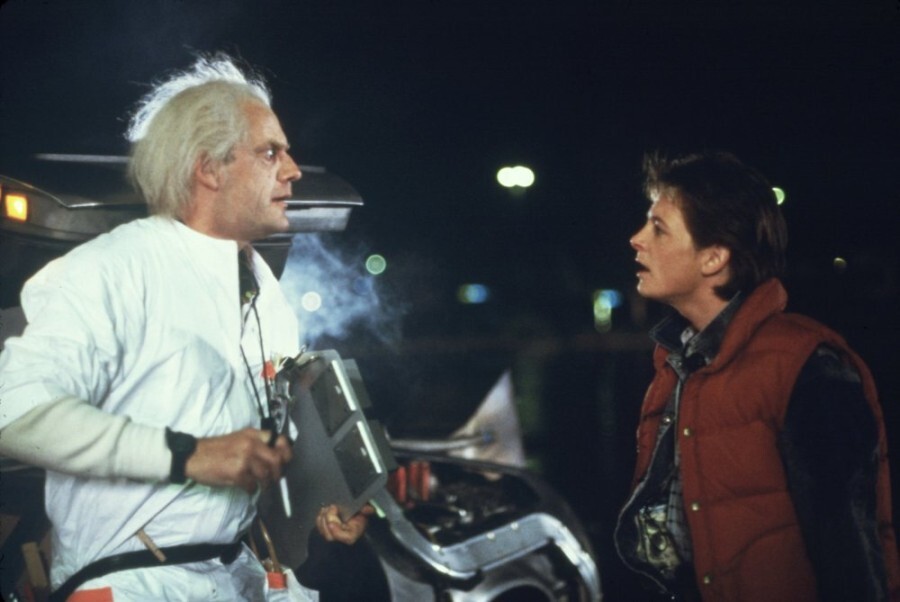
But in my opinion, Back to the Future serves as a great time machine in its own right. Every time you watch the film, you seem to be transported to another era - when the films were good and the goal of their creators was not to tell the audience about their political preferences, but to make them have a great time and get positive emotions. 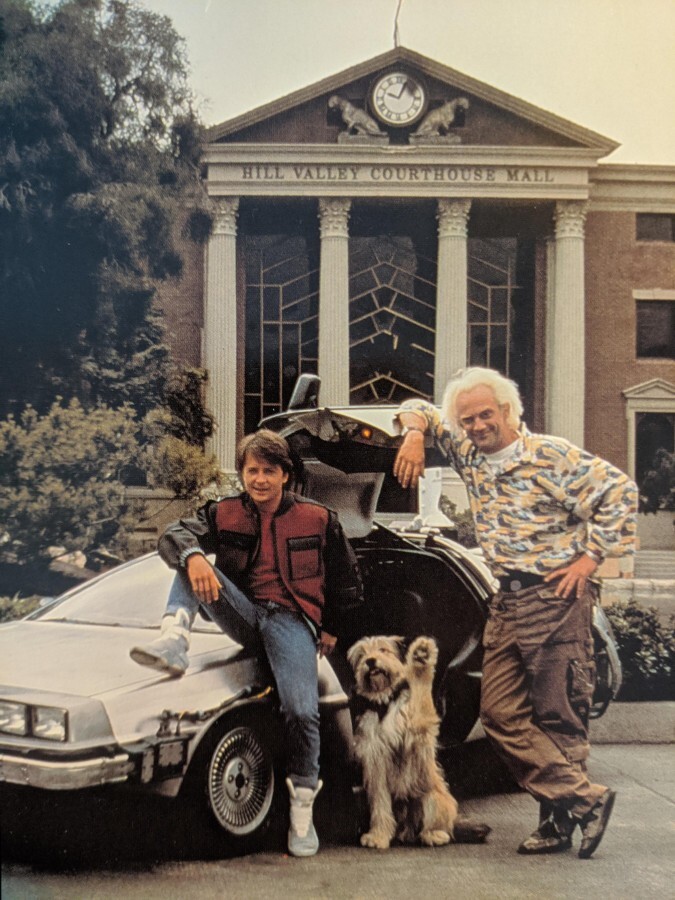
Yes, I understand perfectly well that this is an extremely simplified and largely idealized view of the past. But Back to the Future definitely has a similar impact. And, in my opinion, this is one of the main advantages of the film. More than 35 years ago, Robert Zemeckis and Bob Gale gave us a picture that has not yet lost its charm and looks great in 2020. And I wouldn’t be at all surprised if the film still has the same effect on audiences in 2055. At least that's what I want to believe.








